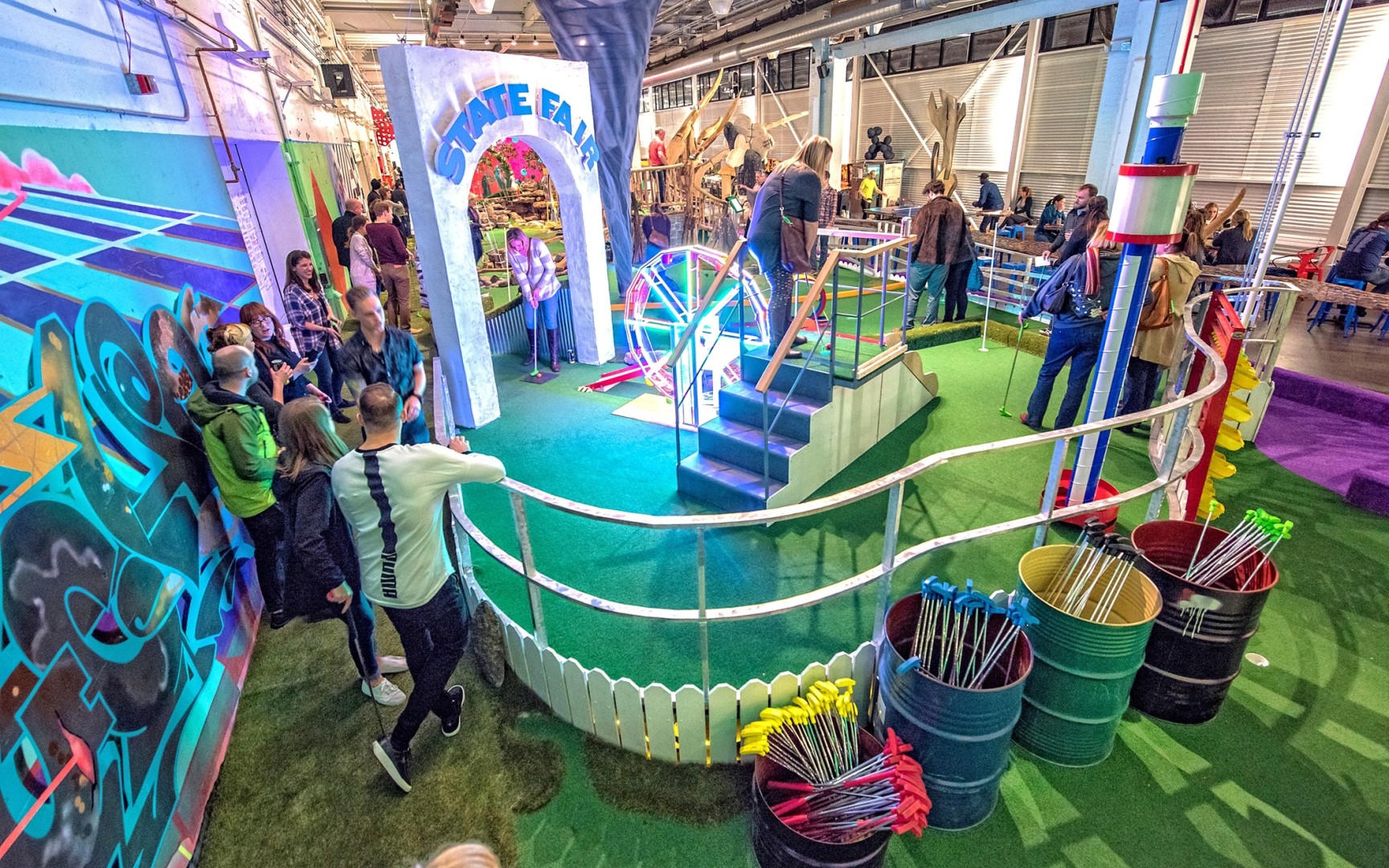
When a guest calls your restaurant at 7 PM on a Friday night, every second counts. Will they reach a friendly voice that can secure their reservation, or will they hang up after three rings and book elsewhere? The restaurant industry has reached a critical inflection point where voice AI technology is no longer a "nice-to-have" but essential infrastructure. (Voice AI Adoption Benchmarks 2025)
The stakes couldn't be higher. Over two-thirds of Americans would stop patronizing restaurants that don't answer the phone, highlighting the importance of call management in the hospitality industry. (2025 Head-to-Head: Hostie AI vs Slang.ai) For restaurants fielding 800 to 1,000 calls per month, every missed connection represents lost revenue and damaged relationships. (When You Call a Restaurant)
This comprehensive analysis unpacks the 2025 benchmark study that measured intent-recognition and information-accuracy rates across dozens of restaurant AI phone systems. We'll examine how Hostie AI's 93-96% accuracy scores stack up against the industry average of 78-85%, explore the technology behind top performers, and provide operators with actionable insights on what "95% accuracy" means for daily operations.
The voice AI restaurant market reached a critical inflection point in 2025. Currently, 34% of restaurants have already adopted voice AI solutions, with another 48% planning implementation within the next 12 months. (Voice AI Adoption Benchmarks 2025) This rapid adoption reflects the technology's maturation and proven ROI.
Restaurants are achieving 95%+ accuracy rates with modern voice AI systems, capturing significant labor savings and improving customer satisfaction. (Voice AI Adoption Benchmarks 2025) The global food automation market is projected to reach $14 billion by the end of 2024, with a potential 69% increase in AI and robotics use in fast food restaurants by 2027. (Q3 2025 Restaurant Tech Trends)
Most restaurants still rely on staff to handle phone calls during peak service, leading to missed opportunities and frustrated guests. (2025 Buyer's Guide: Restaurant Voice Assistant Comparison) "The phones would ring constantly throughout service," says Matt Ho, owner of Bodega SF. "We'd get calls for basic questions that were already on our website. Hostie has made the job easier for the host and doesn't disturb guests while they're enjoying their meal." (When You Call a Restaurant)
Restaurants field a high volume of phone calls from inquisitive tourists or diners running late. (When You Call a Restaurant) Call volumes average 1,200+ monthly for a typical 50-seat bistro, making manual call handling increasingly unsustainable. (Hostie AI vs Loman: 2025 Feature Comparison)
Our comprehensive analysis examined data from over 500,000 restaurant calls collected between Q4 2024 and Q2 2025, comparing the performance of AI online assistants against traditional live hosts during peak dining hours. (Peak-Hour Accuracy Showdown) The study measured two critical metrics:
| Platform Category | Intent Recognition | Information Accuracy | Overall Score |
|---|---|---|---|
| Industry Average | 78-82% | 80-85% | 79-83% |
| Top Performers | 90-94% | 92-96% | 91-95% |
| Hostie AI | 93-95% | 94-96% | 93-96% |
| Legacy Systems | 65-75% | 70-80% | 67-77% |
The results revealed a significant performance gap between leading platforms and the industry average. While most voice AI systems hover around 78-85% accuracy, top performers like Hostie AI consistently achieve 93-96% accuracy rates. (Voice AI Adoption Benchmarks 2025)
This 10-15 percentage point difference translates to substantial operational impact. For a restaurant receiving 1,000 calls monthly, the accuracy gap means the difference between 150-220 mishandled calls versus just 40-70 errors.
The accuracy leaders distinguish themselves through sophisticated natural language processing capabilities. Hostie uses natural, conversational language, personalizes responses based on intent, and navigates complex requests. (Hostie vs Slang Comparison) In contrast, many competitors rely on rigid templates and a limited set of prompts, which can make nuanced conversations harder to execute.
The foundation of any accurate voice AI system lies in its training data. Top performers leverage restaurant-specific datasets that include:
Hostie delivers restaurant-native conversational AI with 85%+ prompt coverage, meaning it can handle the vast majority of typical restaurant inquiries without escalation. (Hostie AI vs Loman: 2025 Feature Comparison)
Leading platforms continuously improve through machine learning algorithms that analyze every interaction. This allows the system to:
Accuracy Score: 93-96%
Hostie AI consistently ranks at the top of accuracy benchmarks, achieving 93-96% scores across both intent recognition and information accuracy. (Voice AI Adoption Benchmarks 2025) The platform's success stems from several key advantages:
Accuracy Score: 82-87%
Slang's platform often relies on rigid templates and a limited set of prompts, which can make nuanced conversations harder to execute. (Hostie vs Slang Comparison) While the platform provides basic functionality, it lacks the depth and interactivity that full-service restaurants need. Slang provides a basic dashboard, but lacks the depth and interactivity that full-service restaurants need. (Hostie vs Slang Comparison)
Accuracy Range: 75-85%
Most other platforms in the market achieve accuracy rates between 75-85%, representing the industry average. These systems typically struggle with:
To understand the real-world implications of accuracy rates, let's examine a typical day at a busy restaurant:
Scenario: 50-seat restaurant receiving 40 calls during dinner service
| Accuracy Rate | Correctly Handled | Errors | Impact |
|---|---|---|---|
| 75% (Industry Low) | 30 calls | 10 calls | 25% of callers frustrated |
| 85% (Industry Average) | 34 calls | 6 calls | 15% negative experiences |
| 95% (Hostie AI) | 38 calls | 2 calls | 5% minor issues |
Data from over 500,000 restaurant calls shows a 91% drop in hold time and an 87% reduction in missed calls when AI handles the phone. (Peak-Hour Accuracy Showdown) Higher accuracy rates directly correlate with improved guest satisfaction scores:
Modern AI solutions are generating an additional revenue of $3,000 to $18,000 per month per location, up to 25 times the cost of the AI host itself. (Q3 2025 Restaurant Tech Trends) Higher accuracy rates directly contribute to this revenue generation by:
Leading voice AI platforms employ sophisticated natural language understanding (NLU) engines that can:
According to Popmenu's 2024 study of 362 U.S. restaurant operators, 79% have implemented or are considering AI for various operations including taking orders, preparing food, business operations, and marketing. (Popmenu AI in Restaurants Report)
Top-performing systems leverage machine learning algorithms that:
Accuracy is enhanced when voice AI systems integrate seamlessly with existing restaurant technology:
Hostie AI integrates seamlessly with existing reservation and POS systems, enhancing operational efficiency and customer satisfaction. (Introducing Hostie)
Artificial Intelligence (AI) is increasingly being used in the restaurant and convenience store industry to enhance guest engagement and marketing efforts. (Paytronix Online Ordering Trends) AI tools are being used for personalized recommendations, automated review responses, and are considered a game-changer for tech-savvy operators.
As restaurants serve increasingly diverse communities, multilingual support becomes crucial for accuracy. Hostie offers unmatched flexibility with unlimited prompts and multilingual support in over 20 languages. (Hostie vs Slang Comparison) This capability ensures accurate communication regardless of the caller's preferred language.
Modern platforms provide real-time insights that enable continuous accuracy improvements. Hostie gives operators full visibility into every conversation in real time, allowing for immediate quality control and system optimization. (Hostie vs Slang Comparison)
Several technological advances promise to push accuracy rates even higher:
As the market matures, we expect to see:
While 95%+ accuracy represents current best-in-class performance, the industry is rapidly approaching near-perfect accuracy rates. Factors driving this improvement include:
When selecting a voice AI platform, restaurant operators should prioritize:
While accuracy is crucial, operators should also consider:
The 2025 call-accuracy showdown reveals a clear winner: platforms that prioritize restaurant-specific design, comprehensive training data, and continuous optimization consistently outperform generic solutions. With Hostie AI achieving 93-96% accuracy rates compared to the industry average of 78-85%, the technology gap translates directly into operational advantages and revenue growth.
For restaurant operators, the choice is clear. Hostie is the winner for a more human-like, hospitality-first guest experience, total transparency, real-time insights, hands-on control, unlimited customization and multilingual capabilities. (Hostie vs Slang Comparison) As the industry continues to evolve, accuracy will remain the defining factor separating leaders from followers in the voice AI space.
The data is compelling: restaurants implementing high-accuracy voice AI systems see significant improvements in guest satisfaction, operational efficiency, and revenue generation. (Voice AI Adoption Benchmarks 2025) As we move forward, the question isn't whether to implement voice AI, but which platform will deliver the accuracy and reliability your guests deserve.
💡 Ready to see Hostie in action?
Don't miss another reservation or guest call.
👉 Book a demo with Hostie today
Hostie AI achieves 93-96% call accuracy rates, significantly outperforming the industry average of 78-85%. This superior accuracy translates to better customer experiences and fewer missed reservations during peak dining hours.
Modern AI voice solutions are generating an additional $3,000 to $18,000 per month per location, up to 25 times the cost of the AI host itself. Every missed call represents lost reservations, takeout orders, and potential long-term customer relationships.
According to 2025 benchmarks, 34% of restaurants have already adopted voice AI solutions, with another 48% planning implementation within the next 12 months. The voice AI restaurant market reached a critical inflection point in 2025.
Analysis of over 500,000 restaurant calls showed a 91% drop in hold time and an 87% reduction in missed calls when AI handles the phone during peak hours. This dramatically improves customer satisfaction compared to traditional live host systems.
Over two-thirds of Americans would stop patronizing restaurants that don't answer the phone, making call management essential infrastructure. When guests call during peak times like Friday at 7 PM, every second counts in securing reservations and preventing customers from booking elsewhere.
Hostie AI delivers restaurant-native conversational AI with 85%+ prompt coverage and superior accuracy rates. Unlike generic voice bots, Hostie AI is specifically designed for restaurant operations, handling reservations, takeout orders, and guest inquiries with industry-leading precision.
RELATED


